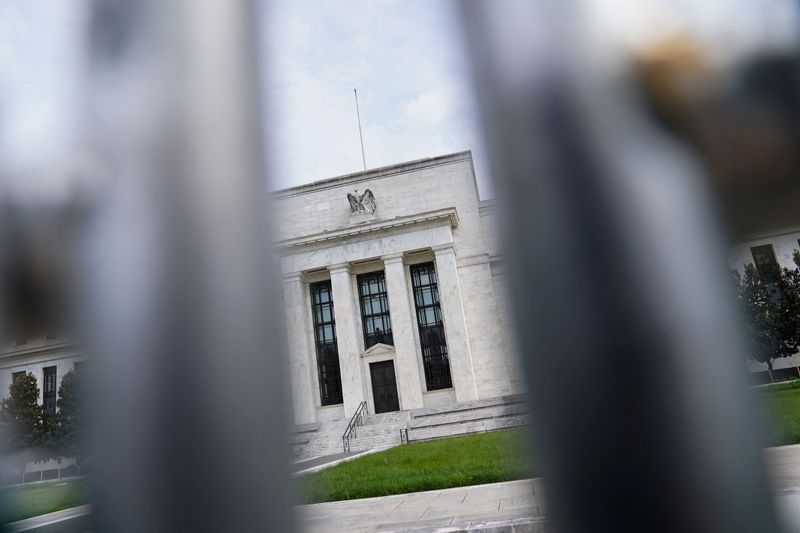Investing.com - The US junk loan market, valued at $1.4 trillion, has seen a significant increase in defaults this year as the Federal Reserve continues to raise interest rates, putting pressure on companies with floating borrowing costs. In just five months from January through May, there have been 18 debt defaults totaling $21 billion – surpassing the combined total value of defaults for all of 2021 and 2022. The month of May alone witnessed three defaults amounting to $7.8 billion, which is the highest monthly dollar figure since the Covid-19 crisis peak three years ago.
These default numbers highlight the strain experienced by low-rated companies with high levels of debt due to tighter monetary policies implemented by the central bank in an effort to curb inflation. Goldman Sachs' (NYSE:GS) chief credit strategist Lotfi Karoui explains that payment shock is occurring among weak issuers within the loan market.
Many junk-rated firms took advantage of leveraged loans when interest rates were slashed during the height of Covid pandemic; these loans come with floating borrowing costs that fluctuate based on prevailing interest rates. However, as economic growth slows down and borrowers face higher interest payments due to rising rates set by Fed (currently between 5% and 5.25%), problems arise for those businesses heavily reliant on floating-rate liabilities.
Defaults are expected to continue increasing given that analysts predict prolonged high-interest rate environments coupled with lagging effects from successive rate hikes being felt across markets.
This situation poses risks for investors holding particularly risky debts as it could lead to further downgrades or even bankruptcies if borrowers struggle to secure fresh funding sources amidst bleak prospects.
Loan issuance has slowed significantly recently because most companies do not urgently need cash after having replenished their reserves and extended maturities when money was inexpensive. However, the largest buyers of leveraged loans – collateralized loan obligations (CLOs) – face limitations in holding vast amounts of high-risk debt due to safety mechanisms within their capital structures.
As more companies receive downgrades to triple-C ratings, a chain reaction could occur that redirects cash flows from lower-tier investors towards higher-ranking ones within the CLO structure. This creates a demand for single-B-rated loans but requires faith that these will not be subject to further downgrades.
Market estimates suggest that default rates are rising; however, projections vary widely depending on several factors such as loan scope, default definitions, and economic forecasts. Loan defaults are growing at a faster pace compared to corporate bond counterparts with fixed coupons since they respond more slowly to Fed policy changes.
Credit quality concerns also contribute to this disparity between loan space and bond space defaults, as highlighted by John McClain from Brandywine Global Investors. Rating agency S&P predicts that the 12-month trailing loan default rate may increase up its long-term average of 2.5% by next March but warns about potential surges in stressed borrowers if credit challenges persist.
Despite these difficulties, some firms with promising prospects will still find willing lenders who can provide crucial support during turbulent times.
